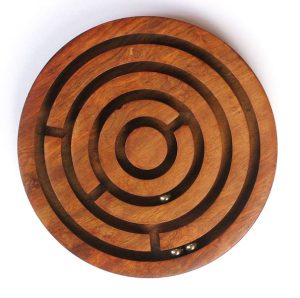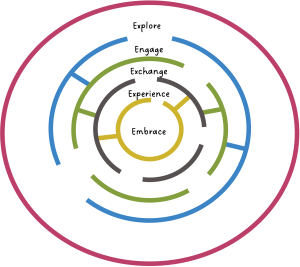Most customer focused organizations are keen to plot the Customer Journey Map so that they can efficiently deploy their content and media resources across different platforms. Historically customer journey was seen as linear process going from awareness to purchase. Subsequently additional stages of post purchase behaviours such as loyalty and advocacy were added to make it more comprehensive. While the linear motion is easy to understand and simple to visualize it is seldom a reflection of real-life customer journey motion. In addition, the linear models fail to consider access to information on customer’s fingertips and the ease of customer abandoning or changing direction of a journey. Therefore, we think there is a need to challenge current approach to customer journey and reimagine customer journey models. We propose a new approach to customer journey mapping based on our extensive research across key global markets and industries spanning over 10 years.
It is our opinion that the customer journey mapping needs to draw inspiration from the handheld ball-in-a-maze puzzle with multiple concentric circles. The puzzle involves moving a metal ball (sometimes multiple balls) from the outer circle to the inner most circle using balance and navigation.

Image Attribution: By Annielogue – Own work, CC BY-SA 3.0,
https://commons.wikimedia.org/w/index.php?curid=10311938
It is important for any customer centric organization to move customers and prospects from outer circles to the inner most circle. The process involves navigating customers or prospects from the outer most circle of Exploration through subsequent circles of Engagement, Exchange, and Experience. If a Brand is successful in delivering in superior experience that exceeds expectations, then only it will succeed in moving customers or prospects to the inner most circle of Embrace. Delivering a superior experience is also a function of striking a balance between customer expectations and brand execution. One small act of imbalance can propel customers back into the outer circles. While the speed of entry to the inner most circle is slow and go through several moments of evaluation, the process of exit is 3 times faster than the speed of entry. It also carries a potential risk of rapidly exiting customer disrupting motion of other customers and prospects.

If you are interested in knowing more about how to implement the MAZE Customer Journey Model, what to measure, and how to measure then please feel free to reach us on info@convergination.com.
